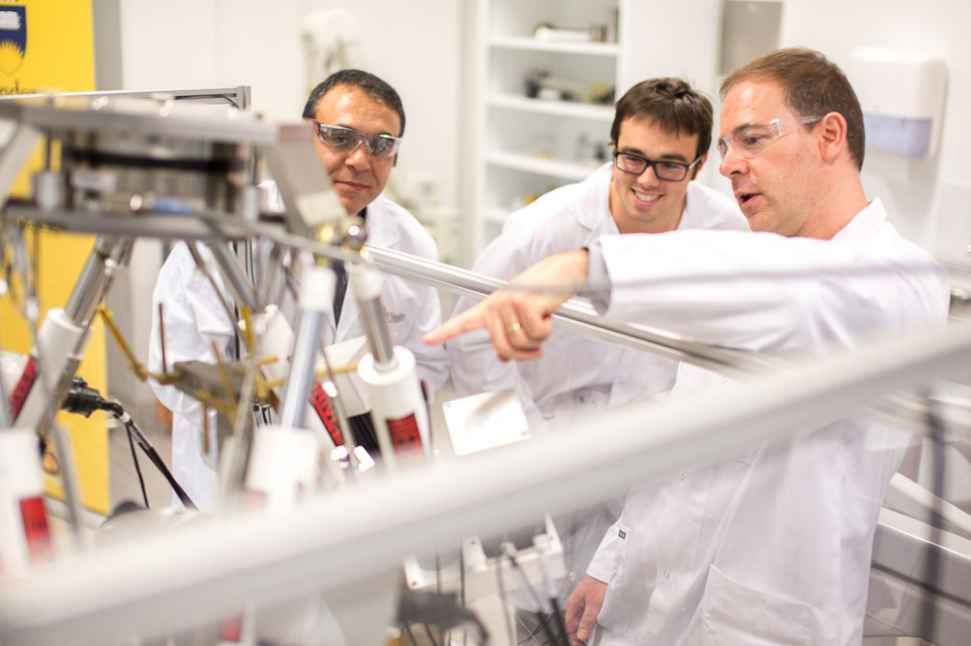Testing the limits
While acrobats can rest their feet atop their heads, the simple act of bending down to pick something up can be the final act that renders a bricklayer unable to work again, due to debilitating back pain.
Associate Professor John Costi’s research is uncovering some of the secrets of why and how our joints fail, using a device that would be more at home in a fairground or a factory than a high-technology laboratory.
Developed in collaboration with the University of Adelaide, the hexapod is able to apply very high forces and uses motion capture technology to provide insights into biomechanics that would otherwise be impossible to achieve.
“We are working to understand how injuries occur within joints, how to avoid them from occurring, and also how to repair injuries or replace damaged body parts with implants that will function similarly to the real thing,” Associate Professor Costi said.
The applications for this technology are vast and while the team are mainly focused on the spine and the knee, they could branch out into many other fields, such as materials science or engineering if they choose.
“It’s exciting times to be at Flinders in the field of biomechanics – we are able to discover new insights that have the potential to significantly improve people’s health,” Associate Professor Costi said.









